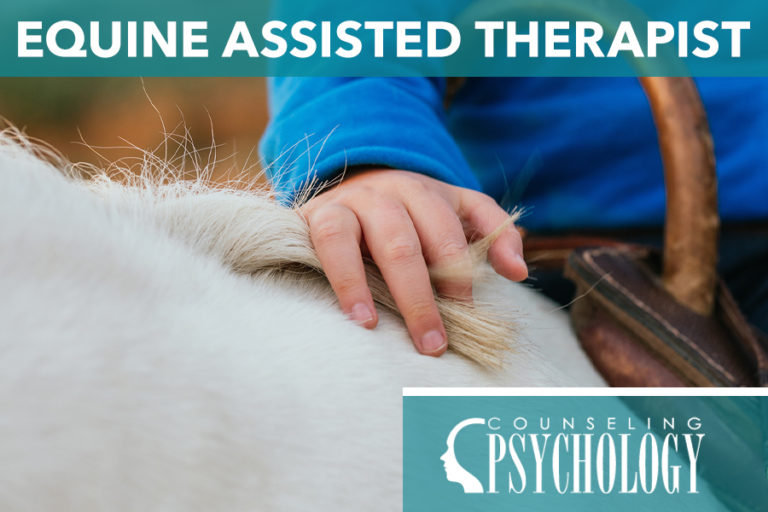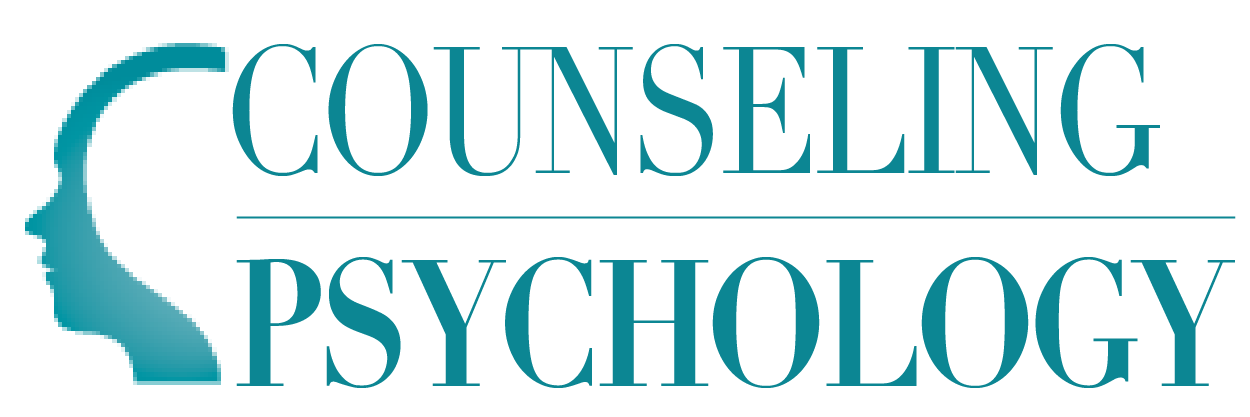Equine-Assisted Therapist
Equine-assisted therapy, which involves incorporating horses into human therapy practice to work on emotional and psychological issues, has gained recognition as an innovative and effective approach to mental health and well-being. For those passionate about both therapy and working with horses, becoming an equine-assisted therapist can be a fulfilling career path. This comprehensive guide outlines the steps to pursue this profession, covering education, licensing, job opportunities, and salary considerations.

What Does an Equine-Assisted Therapist Treat?
Equine-assisted therapists bring their clients into an environment with horses and facilitate activities that help to promote mental and emotional well-being. This is an experiential treatment modality in which clients interact directly with the horses under the guidance of the equine therapist. Activities may include grooming, feeding, leading, and riding horses. This therapy method can be used with adults or children to work on cultivating trust, communication, self-expression, and more. The calming effect of working with horses can help clients struggling with things like:
- Depression and anxiety
- Phobias
- Dementia
- Post-Traumatic Stress Disorder
- ADHD
- Addiction
- Eating disorders
- Autism
Additionally, equine-assisted therapy can help clients with physical disabilities, such as cerebral palsy, multiple sclerosis, arthritis, and more. Activities can be adapted as needed to help these clients work on posture, strength, mobility, balance, and other physical tasks.
Learn more about Therapy Careers.
Step 1: Complete Your Equine-Assisted Therapy Education
The foundation of a career in equine-assisted therapy lies in acquiring the necessary education. Various academic pathways cater to different levels of commitment and specialization, though many careers in the field require a master’s degree or higher.
- Associate's Degree: An associate’s degree in psychology or counseling is an excellent starting point for a solid introduction. This program typically covers fundamental concepts and an overview of therapeutic techniques, providing a strong foundation for further specialization. Keep in mind that students will most likely need to continue their education to become licensed equine-assisted therapists.
- Bachelor's Degree: A bachelor’s degree in psychology or counseling bachelor’s degree that includes the option of equine-assisted therapy coursework delves into the theoretical and practical aspects of therapeutic interventions with horses. This comprehensive education includes coursework in psychology, counseling, and equine sciences, preparing students for a more advanced and nuanced understanding of the field.
- Master's Degree: Pursuing a master’s in psychology or master’s in counseling with an equine therapy concentration offers a higher level of expertise and specialization. Alternatively, students may wish to pursue a Master’s in Social Work or a Master’s in Animal or Horse Sciences. Students can explore advanced therapeutic techniques, research methodologies, and in-depth case studies. This level of education is crucial for those aspiring to become licensed and take leadership roles in the field.
- Doctorate Degree: A Doctorate in Counseling or Ph.D. in Psychology with an Equine-Assisted Therapy focus is the pinnacle of academic achievement in this field. It suits those interested in research, academia, or high-level clinical practice. Doctoral programs often involve extensive research projects and the development of advanced therapeutic interventions.
Step 2: Become Licensed & Certified as an Equine-Assisted Therapist
After completing the requisite education (minimum of a master’s degree), the next step toward becoming an equine-assisted therapist involves obtaining the necessary licenses. Becoming a licensed counselor or licensed psychologist ensures that practitioners meet established standards and can confidently, ethically, and legally practice equine-assisted therapy. Once you are a licensed mental health practitioner, several certifications become available. For example, the Certification Board for Equine Interaction Professionals (CBEIP) offers the following:
- Certified Equine Interaction Professional – Mental Health
- Certified Equine Interaction Professional – Education
The Equine Assisted Growth and Learning Association (EAGALA) also offers certification for teams of mental health professionals and equine specialists.
Internship / Practicum Experience
Most licensing boards stipulate a minimum number of internship or practicum hours to practice and demonstrate skills learned under the guidance of a licensed equine therapist. These clinical placements are usually arranged in the last year or two of the student’s graduate degree program. Each state will mandate the amount of hours needed for license eligibility.
Examination
To demonstrate competency and become licensed, aspiring equine-assisted therapists often need to pass a licensing exam. The specifics of the exam can vary depending on the type of licensure desired (counselor, psychologist, etc.), but a common example is the National Counselor Examination (NCE). Success in this examination is a crucial step toward obtaining the necessary credentials.
State Requirements
Understanding and meeting state-specific licensing requirements is essential. Different states may have unique prerequisites and regulations for equine-assisted therapists, usually requiring a combination of professional counseling or psychology licensure and equine therapy certification. Be sure to review your state’s requirements carefully. Additionally, becoming a member of reputable organizations and associations, such as the Professional Association of Therapeutic Horsemanship International (PATH Intl.), can provide valuable networking opportunities and resources.
Step 3: Apply for an Equine-Assisted Therapist Job
With the necessary education and licensing in place, the next logical step is to enter the job market. The demand for equine-assisted therapists is growing, offering a range of opportunities in diverse settings.
What Careers Can I Pursue in Equine-Assisted Therapy?
There are several job opportunities and titles available to those with equine-assisted therapy education and training, including:
- Equine-Assisted Psychotherapist: Using horses as therapeutic partners in mental health treatment.
- Equine-Assisted Learning Facilitator: Applying horses to educational and personal development programs.
- Equine-Assisted Physical Therapist: Integrating equine movement into physical rehabilitation practices.
- Equine-Assisted Occupational Therapist: Incorporating horses into occupational therapy interventions.
- Equine-Assisted Counselor: Providing counseling services with the aid of equine interactions.
Where Can I Work With an Equine-Assisted Therapy Degree?
- Private Practices
- Mental Health Clinics
- Rehabilitation Centers
- Schools and Educational Institutions
- Veteran Support Organizations
- Correctional Facilities
- Community Outreach Programs
- Equine Therapy Centers
Step 4: Learn About Equine-Assisted Therapist Salaries
Understanding the financial aspects of a career is crucial for planning and decision-making. Equine-assisted therapists can expect competitive salaries, often influenced by factors such as experience, location, and type of employment.
According to the Bureau of Labor Statistics (BLS), the median annual wage for mental health counselors, including equine-assisted therapists, was $49,710 as of the latest available data. Factors such as specialization, demand, and geographic location can influence individual earnings. In addition to traditional employment, some equine-assisted therapists may choose to operate private practices, offering additional opportunities for income.
